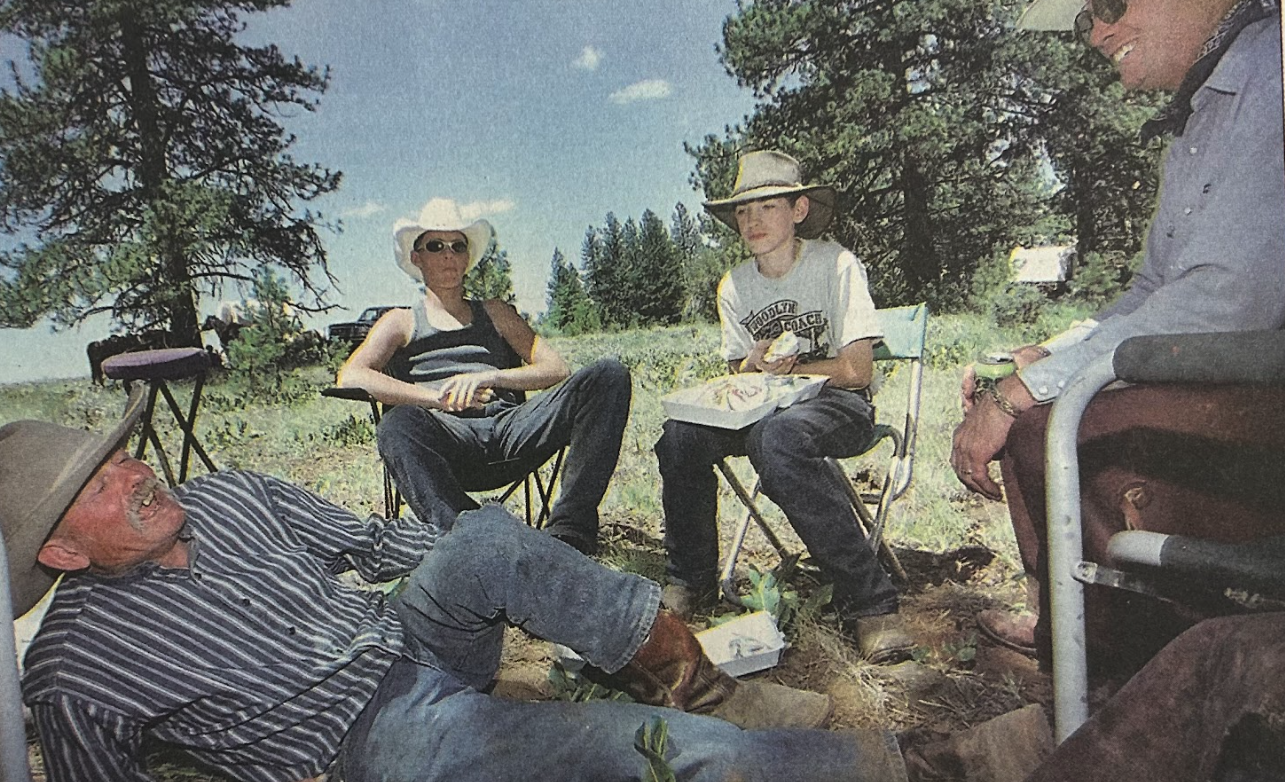Walla Walla Basin Watershed Council awarded $24,982 to conduct a base flow assessment
Published 7:15 am Friday, April 2, 2021

- The South Fork of the Walla Walla River about 3 miles downstream of Harris Park in Oregon, April 1, 2021. Stakeholders say they are continuing to work on priorities for the 1,760-square-mile Walla Walla River watershed identified in a strategic plan for the next 29 years.
The Walla Walla Basin Watershed Council will take inventory of the springs, around the South Fork Walla Walla River, above Milton-Freewater, feeding into the Walla Walla River. The data collected can be used to help protect and enhance the watershed in advance of predicted degradation by climate change impacts.
Summertime base flows in the Walla Walla Basin depend on the infiltration of precipitation, where water on the ground’s surface enters the soil, in the Blue Mountains to fill the basalt aquifer and supply springs feeding the South Fork and mainstem of the Walla Walla River.
An inventory of the springs will be taken during the summer after the snow melts and a hydrologic map of the area will be created to document spring locations.
A $24,982 grant, awarded by the Oregon Watershed Enhancement Board, will bring funding to the roughly $100,000 project, called the South Fork Walla Walla River Base Flow Assessment, according to an announcement Tuesday, March 30.
The study will locate and characterize these undocumented springs, determine the vulnerability of them to projected climate change impacts and allow basin partners to begin developing strategies to maximize infiltration for sustainable summertime base flows, improving habitat conditions for native fish, according to the grant application.
Climate science predicts a change in precipitation and infiltration patterns in the Blue Mountains, which will reduce summertime base flows, accentuating downstream low-flow and high water temperature conditions, which constrains native fish species populations, according to the grant application.
“Results from this assessment will guide strategies for enhancing infiltration, protecting recharge zones, and other efforts to mitigate the anticipated reductions in spring performance due to climate change,” the application stated.
Work is expected to begin this summer and be completed by the end of 2022, according to the announcement.
“During summer months, our system is really dependent upon groundwater, for our baseflow, and so we’re trying to characterize or understand and inventory the springs that feed into the river during those low-flow periods,” Troy Baker, executive director of the Walla Walla Basin Watershed Council said.
“As we see shifts in climate locally, the snowpack patterns will most likely change, and we’ll see the snowpack levels increase in elevation, so we won’t have that lower-to-mid-elevation snowpack, which could inadvertently impact the amount of water infiltrating into the ground, which then we would see at the spring sources and into the river,” he said.
The timing of the water could change, so the assessment will help determine if there are any opportunities to increase the amount of water infiltrated into the upper basalt aquifers providing the baseflow to the Walla Walla River, according to Baker.
The award was one of 85 grants totaling $10 million provided to local organizations statewide to support fish and wildlife habitat and water quality projects, the announcement stated.
The project partners include the Bureau of Land Management, U.S. Forest Service, the city of Milton-Freewater, U.S. Geological Survey, the Oregon Water Resources Department, and the Oregon Department of Environmental Quality.
The city of Milton-Freewater will develop and distribute information about the status of source water for the city of Milton-Freewater, municipal treatment and distribution system, regional groundwater declines and conservation opportunities, the application stated.
Information from this project can help guide the Walla Walla Water 2050 planning process, where stakeholders in the Walla Walla River Basin are working together to develop a 30-year plan they believe will optimize water resources.
“We try to coordinate with everyone in the basin, so we’re not duplicating efforts and being as efficient as possible with the money that we have,” he said.






